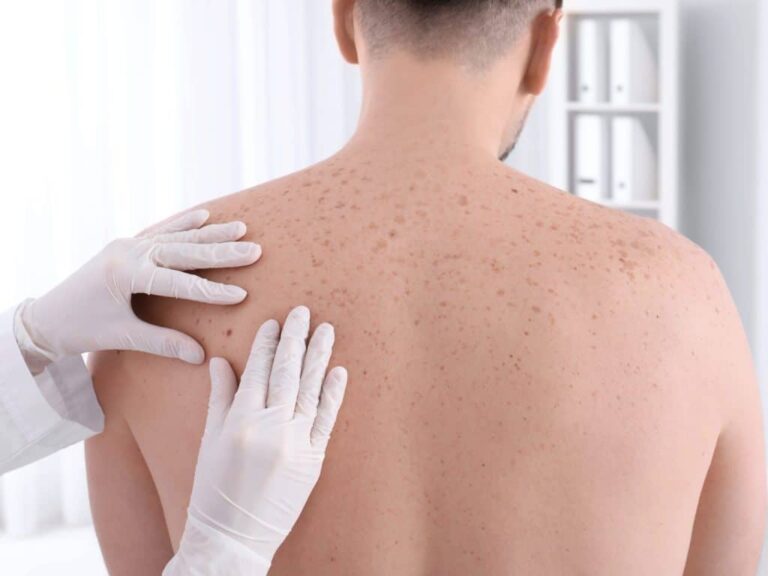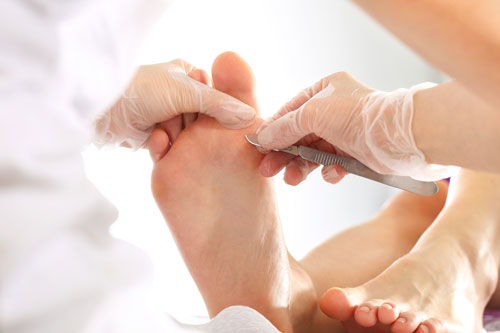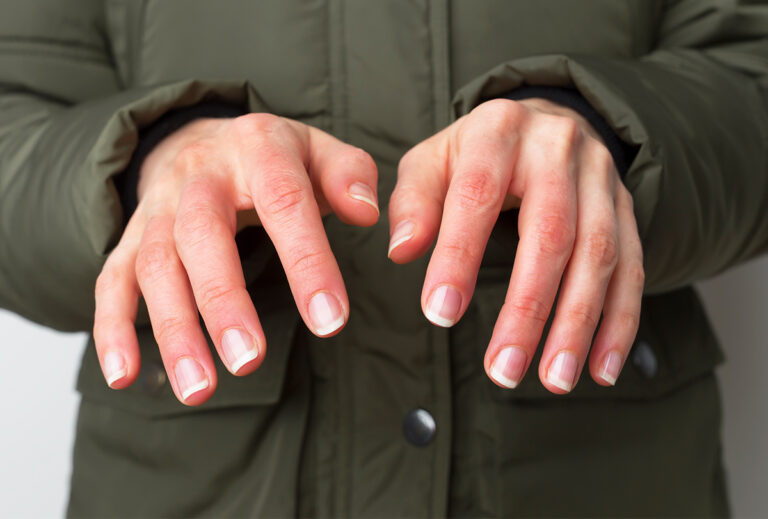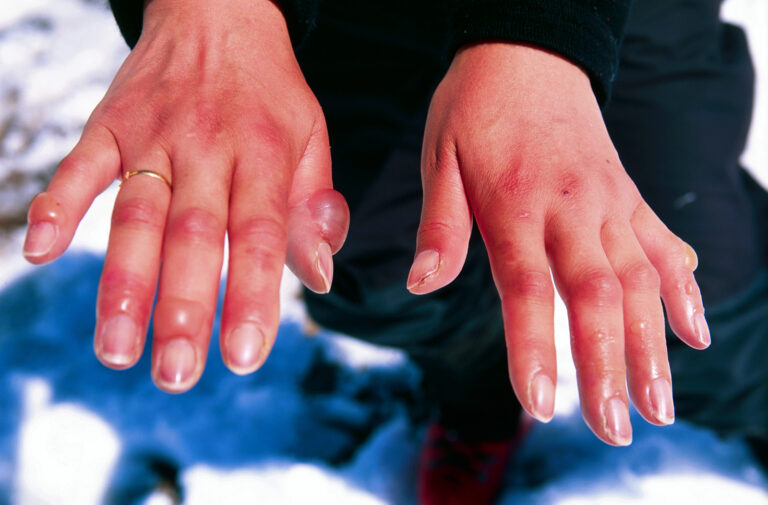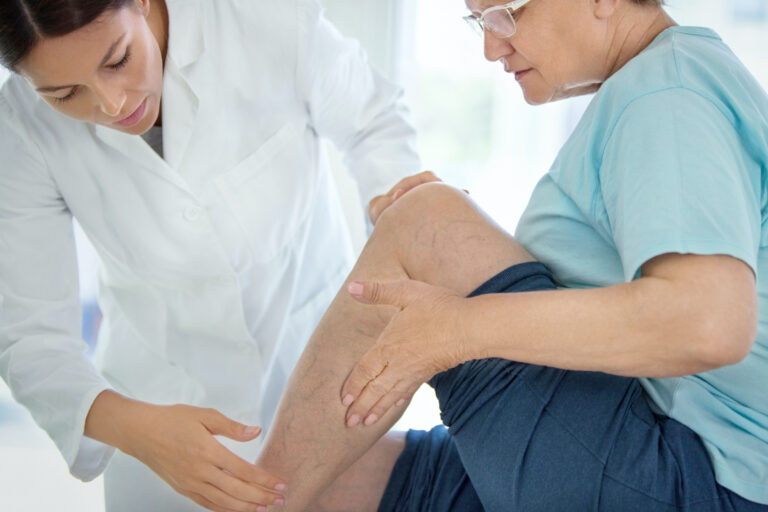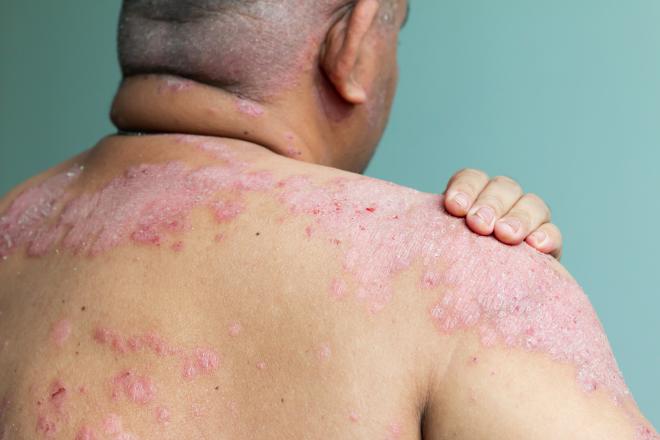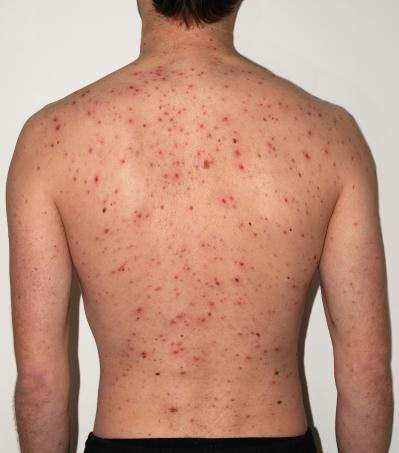Scabies: Symptoms, Causes, and Treatment
Author: Giselle Robel
Giselle Robel
Category: Health

Scabies is a skin infestation caused by a mite known as the Sarcoptes scabiei. Untreated, these microscopic mites can live on your skin for months. They reproduce on the surface of your skin and then burrow into it and lay eggs. This causes an itchy, red rash to form on the skin.
New insects hatch from the eggs and can be spread to other parts of the skin by scratching. It spreads by direct, and prolonged physical contact including sexual activity. Scabies mites can survive away from humans for about 24 to 36 hours, so it's possible to get it from infected articles such as bed linen and clothing, although this is much less common. It is common around the world and can affect anyone. Though, pets do not cause human scabies infections.
While it's a highly contagious condition that can easily be passed from one person to another through direct skin contact, is not a sexually transmitted disease.
However, the infestation of mites may also be transmitted through infested clothing or bedding. Intimate contact isn't necessary.
Although scabies can be bothersome, they can usually be eliminated effectively. Treatment often consists of medications that kill scabies mites and their eggs. Since it is so contagious, doctors will usually recommend treatment for an entire group of people who are in frequent contact with a person who has scabies.
Recognizing its bites and the distinctive red rash can help you find treatment faster.
Symptoms
After the initial exposure to scabies, it can take up to six weeks for symptoms to appear. The symptoms usually develop more quickly in people who've had it before.
The hallmark symptoms include a rash and intense itching that gets worse at night. Continuous scratching of the infected area can create sores that become infected. If this occurs, additional treatment with antibiotics for the skin infection may be recommended.
Common sites for scabies in older children and adults include the:
- wrist
- elbow
- armpit
- nipple
- penis
- waist
- buttocks
- area between the fingers
However, in babies and toddlers, and sometimes the very elderly or immunocompromised, can include the:
- head
- face
- neck
- hands
- soles of the feet
The rash itself can consist of tiny bites, hives, bumps under the skin, or pimple-like bumps. The burrow tracks of the mite can sometimes be seen on the skin. They may appear as tiny raised or discolored lines.

Causes
The eight-legged mite that causes scabies in humans is microscopic. The female mite burrows just beneath your skin and makes a tunnel where it deposits eggs.
The eggs hatch and the mite larvae work their way to the surface of your skin, where they mature and can spread to other areas of your skin or the skin of other people. The itching results from your body’s allergic reaction to the mites, their eggs, and their waste.
Close physical contact and, less often, the sharing of clothing or bedding with an infected person can spread the mites.
Animals and humans all are affected by their own distinct species of mites. Each species prefers one specific type of host and doesn’t live long away from that preferred host.
Humans may have a temporary skin reaction from contact with the animal scabies mite. But people generally can’t develop full-blown scabies from this source, as they might from contact with the human scabies mite.
Diagnosis
Diagnosis is based on observing the signs and symptoms or identifying the burrows on the top of the skin. Sometimes, it can be confirmed by taking a skin scraping and identifying the mites and eggs under a microscope.
Treatment
Treatment involves applying a cream or lotion specifically used to treat it. This is available from a pharmacist.
To effectively treat it:
- Apply creams after a shower and towel drying for better absorption.
- Apply a thin layer of the treatment to your entire body surface, from the chin down. Avoid your eyes, nose and mouth and pay particular attention to the areas between your fingers, under your nails, the soles of your feet and between your buttocks. A pastry brush may make it easier to apply.
- Do not wash your hands after applying the treatment.
- Leave the treatment on for 12 to 24 hours and then wash thoroughly. One way to achieve this is to apply the cream in the evening and leave it on overnight.
- If you need to wash any part of your body within the 12 to 24 hour treatment period, re-apply the cream to that area after washing.
- If possible, ask someone else to apply the cream for you.
- Repeat the treatment after seven days to kill recently hatched mites.
If the pimples or spots become infected, antibiotics may be necessary.
Treatment of scabies may vary
Treatment is different for some groups of people, including:
- babies and children under two years of age
- pregnant women
- people with sensitive skin
- elderly people.
Check with your GP or pharmacist about what kind of treatment is recommended for people in these groups.
Treat clothing and bedding
Any clothing, bedding, or towels used in the last two days should be washed on a hot cycle and dried in the sun, tumble-dried, or dry-cleaned. Items that cannot be washed should be sealed in a plastic bag for 72 hours.
Treat sexual partners and household members
If you have scabies, your sexual partners and all members of your household will also need to be treated.
Here are some Natural treatment
Some traditional treatments can cause unwanted side effects, such as a burning sensation on the skin, redness, swelling, and even numbness or tingling. While these are typically temporary, they may be uncomfortable.
Common natural treatments for scabies include:
Tea tree oil
Small studies show tea tree oil may treat scabies, while also easing the itching and helping eliminate the rash. However, it won't work well on mites that are burrowing into your skin.
Aloe vera
This gel is known for its ability to ease skin irritation and burning, but a small study found that aloe vera has been just as successful as a prescription treatment in treating scabies. Just be sure to buy pure aloe vera, not an aloe vera-infused product.
Capsaicin cream
Though it will not kill the mites, creams made with capsaicin from cayenne peppers may relieve pain and itching by desensitizing your skin to bothersome bites and bugs.
Essential oils
Clove oil is a natural bug killer, so it stands to reason mites might die in its presence. Other essential oils, including lavender, lemongrass, and nutmeg, could have some benefits in treating scabies.
Soaps
Active components from the bark, leaves, and seeds of the neem tree may kill the mites that cause scabies. Soaps, creams, and oils made with the tree's extract may help deliver the fatal blow to the mites.
Home remedies for scabies show some promise for both relieving symptoms of an infestation and killing the mites that are causing the uncomfortable symptoms.
Is it contagious?
Scabies is contagious. It can be spread in the following ways:
- prolonged skin-to-skin contact, such as holding hands
- intimate personal contact, such as having sexual intercourse
- sharing clothing, bedding, or towels that have been used by someone that’s infested
Since scabies is mostly transmitted through direct physical contact, the infestation can easily be passed on to family members, friends, and sexual partners. The infestation may also spread quickly in:
- schools
- nursing homes
- rehab facilities
- sports locker rooms
- prisons
Types
There's only one type of mite that causes a scabies infestation. This mite is called Sarcoptes scabiei. However, these mites can cause several types of infestations. __
Typical scabies
This infestation is the most common. It causes an itchy rash on the hands, wrists, and other common spots. However, it doesn't infest the scalp or face.
Nodular scabies
This type of scabies may develop as itchy, raised bumps or lumps, especially in the genital areas, armpits, or groin.
Norwegian scabies
Some people with scabies may develop another form of scabies known as Norwegian scabies or crusted scabies. This is a more severe and extremely contagious type of scabies. People with crusted scabies develop thick crusts of skin that contain thousands of mites and eggs.
Crusted scabies can also appear:
- thick
- gray
- easy to crumble when touched
Crusted scabies usually develops in people with weakened immune systems. This includes people with HIV or AIDS, people who use steroids or certain medications (such as some for rheumatoid arthritis), or people who are undergoing chemotherapy.
The scabies mites can overpower the immune system more easily and multiply at a quicker rate. Crusted scabies spreads in the same way as normal scabies.
Complications
Vigorous scratching can break your skin and allow a secondary bacterial infection, such as impetigo, to occur. Impetigo is a superficial infection of the skin that’s caused most often by staph (staphylococci) bacteria or occasionally by strep (streptococci) bacteria.
A more severe form of scabies, called crusted scabies, may affect certain high-risk groups, including:
- People with chronic health conditions that weaken the immune system, such as HIV or chronic leukemia
- People who are very ill, such as people in hospitals or nursing facilities
- Older people in nursing homes
Crusted scabies, also called Norwegian scabies, tends to make skin crusty and scaly and affects large areas of the body. It’s very contagious and can be hard to treat.
Normally, someone with scabies has about 10 to 15 mites. In contrast, someone with crusted scabies may be infested with millions of mites.
Prevention
The best way to prevent getting scabies is to avoid direct skin-to-skin contact with a person known to have scabies. It's also best to avoid unwashed clothing or bedding that's been used by a person infected with scabies.
Scabies mites can live for three to four days after falling off your body, so you'll want to take certain precautions to prevent another infestation. Make sure to wash all of the following in hot water that reaches 122°F (50°C):
- clothing
- bedding
- towels
- pillows
These items should then be dried in the dryer on very high heat for at least 10 to 30 minutes.
Anything that can't be washed should be thoroughly vacuumed. When you're finished vacuuming, throw out the vacuum bag and thoroughly clean the vacuum with bleach and hot water.
Bleach and hot water can also be used to clean other surfaces that may contain scabies mites.







